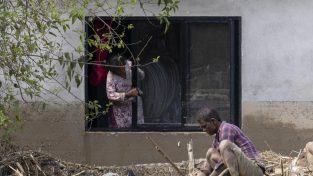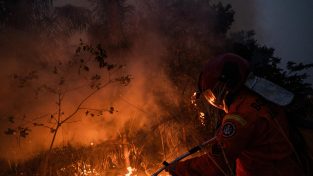Cotone a rischio a causa della crisi ambientale
Le conseguenze del cambiamento climatico danneggiano le coltivazioni di cotone
Temperature estreme, alluvioni, scarsità di precipitazioni, inondazioni… sono alcuni degli effetti che si ripetono ogni volta con più forza nelle diverse latitudini del pianeta Terra. Alla base di questi fenomeni ci sono i cambiamenti climatici e l’aumento delle temperature, conseguenza dello stile di vita e del consumo sproporzionato degli esseri umani.
Le conseguenze si percepiscono, sempre più gravose per la qualità e la sopravvivenza della vita sulla Terra. A soffrirne sono specialmente gli agricoltori e quanti vivono direttamente dei frutti prodotti nella campagna. Ne sono testimoni i lavoratori di Quarterly Cotton Growers, vicino a Plainview in Texas, che hanno sottolineato come il caldo estremo e la scarsità di precipitazioni abbiano gravemente danneggiato gran parte del raccolto di cotone di quest’anno negli Stati Uniti, dove si produce il 35% del raccolto mondiale.
Foto: AP/Eric Gay


























